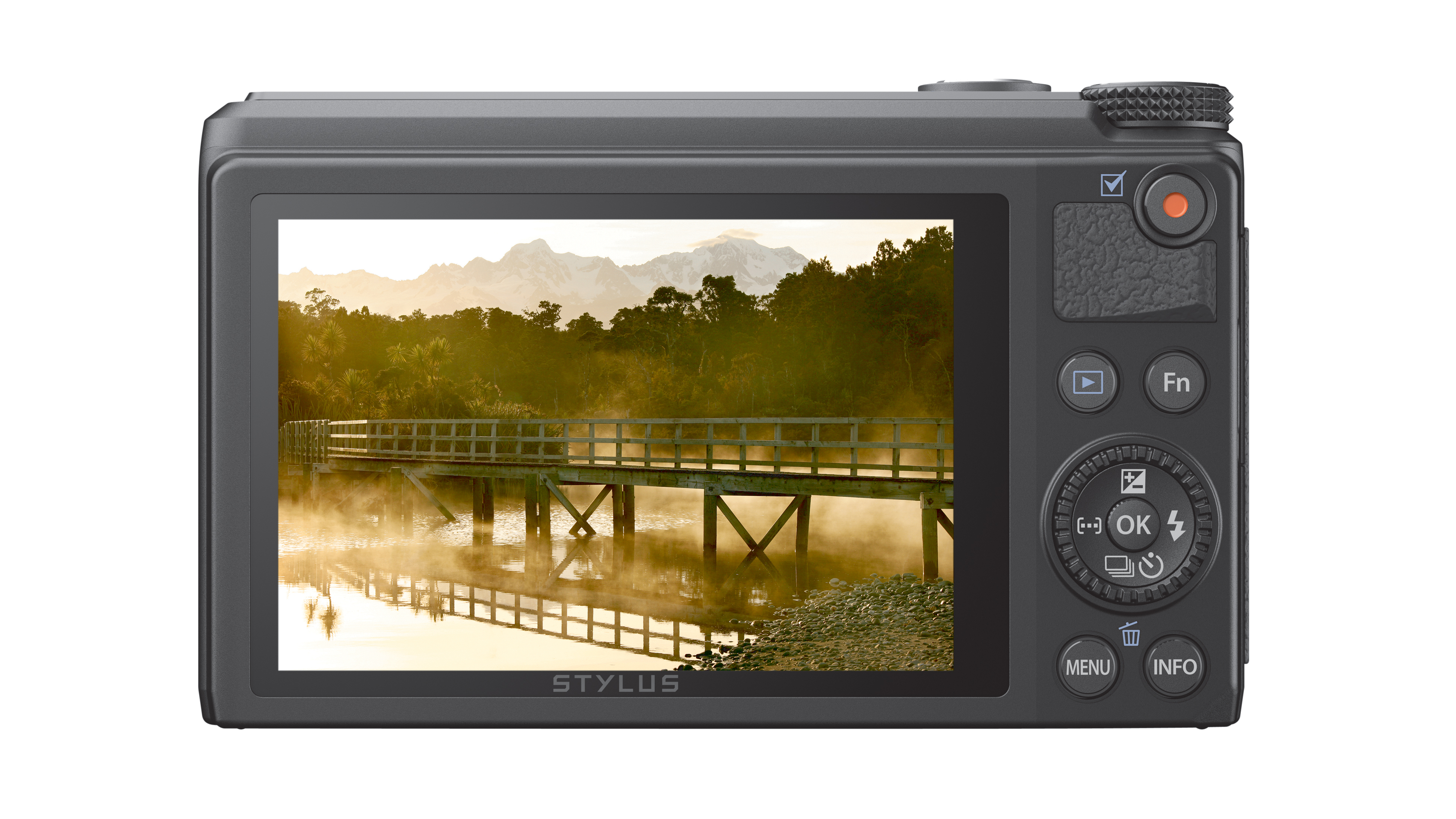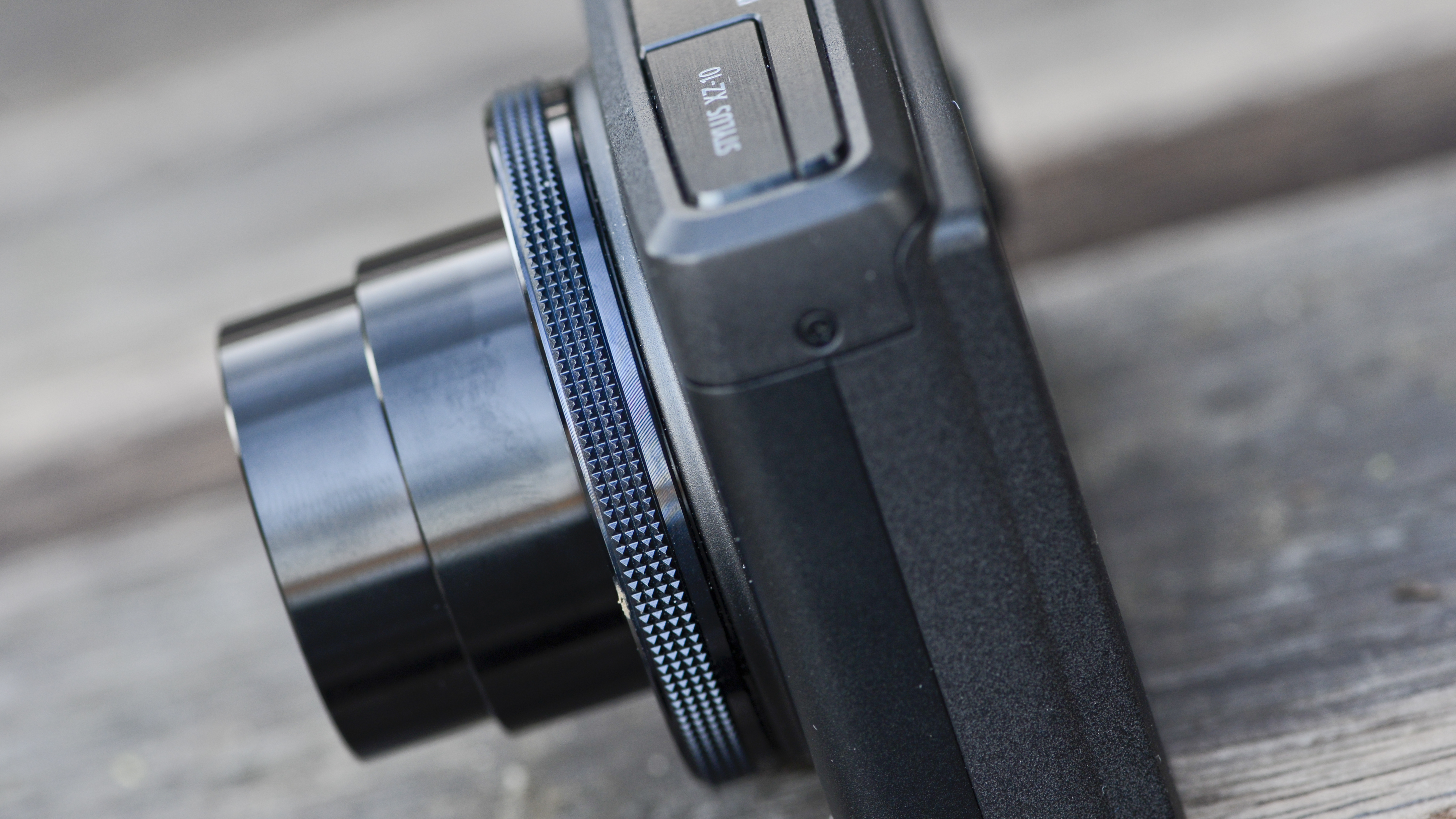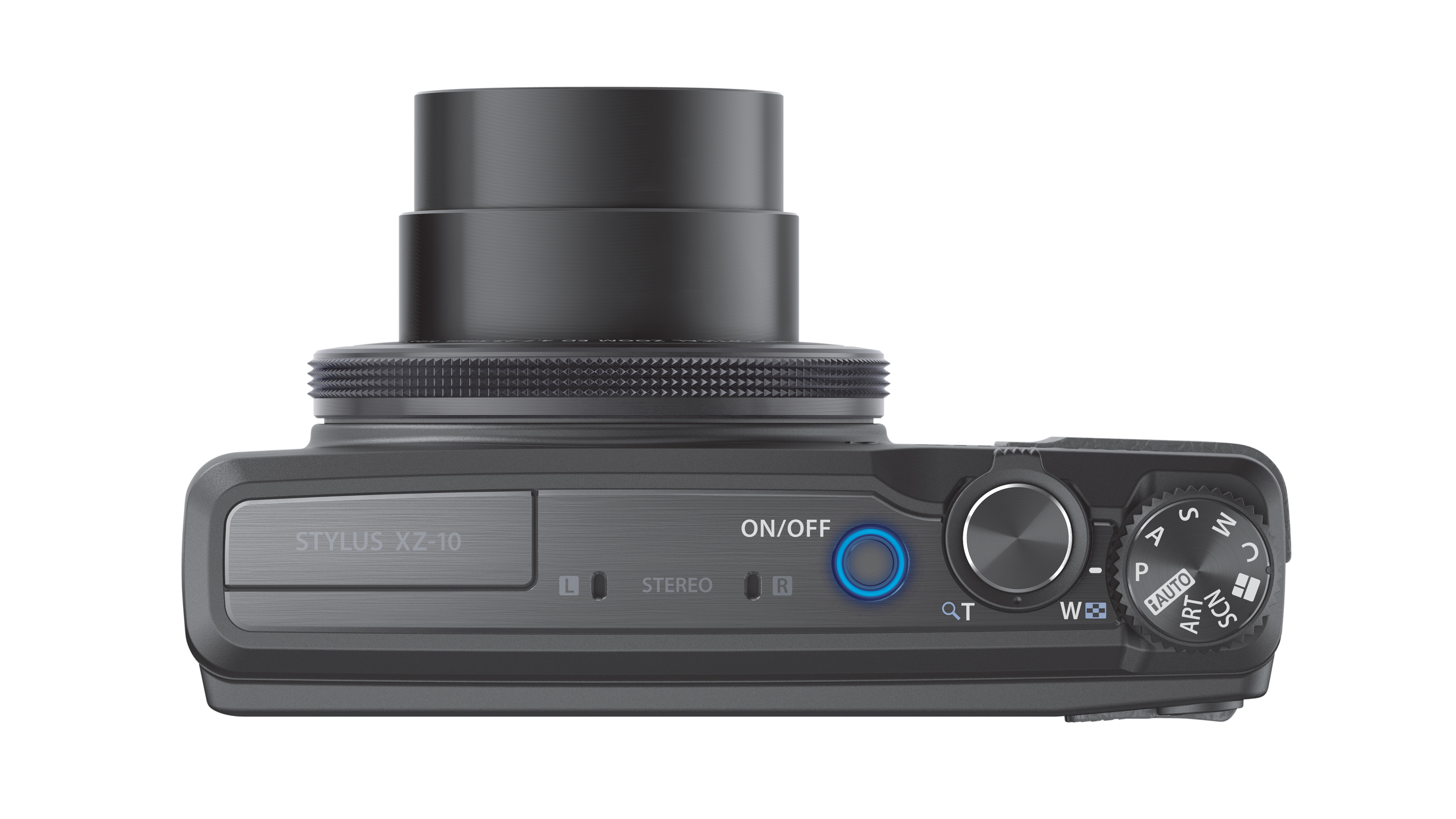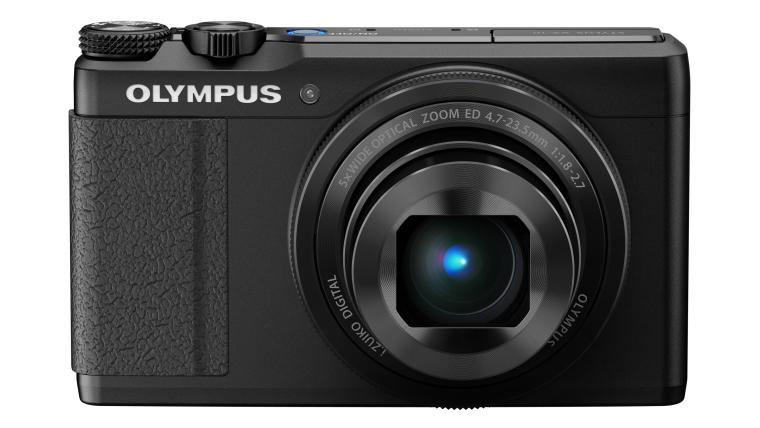TechRadar Verdict
Pros
- +
Touchscreen
- +
Art filters
- +
f/1.8 lens
Cons
- -
Occasional slow processing times
- -
General metering sometimes fails
Why you can trust TechRadar
The Olympus XZ-10 occupies the lucrative premium compact camera space that seems to be ever-growing in the number of options available to consumers.
These cameras offer much more than a bog-standard compact, and certainly much more than a smartphone. Generally offering full manual control, other inviting features include fast aperture lenses and raw format shooting.
Olympus already has the XZ-2 at the very top of its lineup, so this XZ-10 is intended to be the "Lite" version of that camera, with similar specifications in a smaller body, and at a slightly cheaper full price point of £349.99 / US$399.99 / AU$499.

As such, the Olympus XZ-10 is in direct competition with the likes of the Nikon P330 and Canon PowerShot S110, both one step below in their respective company's compact lines. It's also up against the Panasonic Lumix LX7 and, arguably, also travel superzoom compacts such as the Panasonic TZ40.
The Olympus XZ-10 is smaller than the Olympus XZ-2, but still manages to house a 12 million pixel sensor. At 1/2.3 inches, it is physically smaller than the Olympus XZ-2's offering, though.
Along with full manual control, there's also semi-automatic modes such as aperture priority and shutter priority. Fully automatic shooting is also available, along with a range of creative modes such as Photo Story and Art Filters. Raw format shooting is a possibility, too.

Unlike the Canon PowerShot S110, Wi-Fi isn't built into the body itself, but the camera is compatible with Toshiba's FlashAir Wireless LAN SD cards, which enable image sharing between smartphones and tablets, but not remote shooting.
Sign up for breaking news, reviews, opinion, top tech deals, and more.
At its widest point, the Olympus XZ-10's lens boasts an f/1.8 aperture. This rises to a still fairly impressive f/2.7 at the telephoto end of the optic. It's a 5x optical zoom lens, with an equivalent focal length of 26-130mm (in 35mm terms).
Like with the Nikon P330, an inbuilt ND filter is integrated to help with exposure control in bright conditions. Digital zooming is also available, with Olympus' super resolution zoom boosting the lens capability up to 10x. Around the base of the lens is a control ring for altering aperture.

The Olympus XZ-10 is equipped with the same True Pic VI processing engine as the latest PEN and OM-D cameras, which helps to facilitate Full HD video recording and high sensitivity shooting. Sensitivity ranges from ISO 100-1600 in the native range, and can be extended up to ISO 6400.
A touch-sensitive, 3-inch, 920k screen is at the back of the camera. You can use this to set the autofocus point or fire the shutter itself. There's no viewfinder, and unlike the Olympus XZ-2, there's no hotshoe or port to attach one, so you'll have to rely on the screen for composition.
The contrast detection focusing system has 35 AF points. Single AF and Super Macro focusing are available. Super Macro promises to enable you to get as close as 1cm from the subject. Fast shooting at up to 5fps is included.

Olympus is well known for its love of creative options, and the Olympus XZ-10 is packed with several. Art filters from the OM-D/PEN series have been brought across, including Cross Process, Dramatic Tone and Key Line.
These can be used within the fully manual and semi-automatic shooting modes, as well as having a dedicated mode on the dial. Each art filter is customisable, with different frames and effects being available for each one.
A new feature, PhotoStory, is also included. This enables you to create montages of a number of images taken in quick succession. These are saved as one JPEG file, and can be customised in a number of different ways. Some editing can be done post-capture, such as resizing and red-eye reduction.

Amy has been writing about cameras, photography and associated tech since 2009. Amy was once part of the photography testing team for Future Publishing working across TechRadar, Digital Camera, PhotoPlus, N Photo and Photography Week. For her photography, she has won awards and has been exhibited. She often partakes in unusual projects - including one intense year where she used a different camera every single day. Amy is currently the Features Editor at Amateur Photographer magazine, and in her increasingly little spare time works across a number of high-profile publications including Wired, Stuff, Digital Camera World, Expert Reviews, and just a little off-tangent, PetsRadar.
